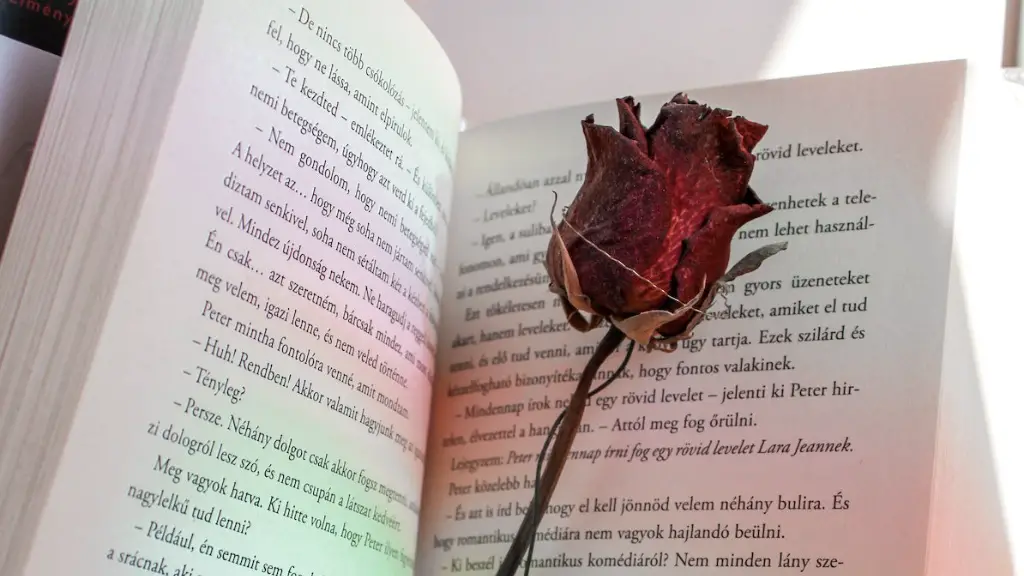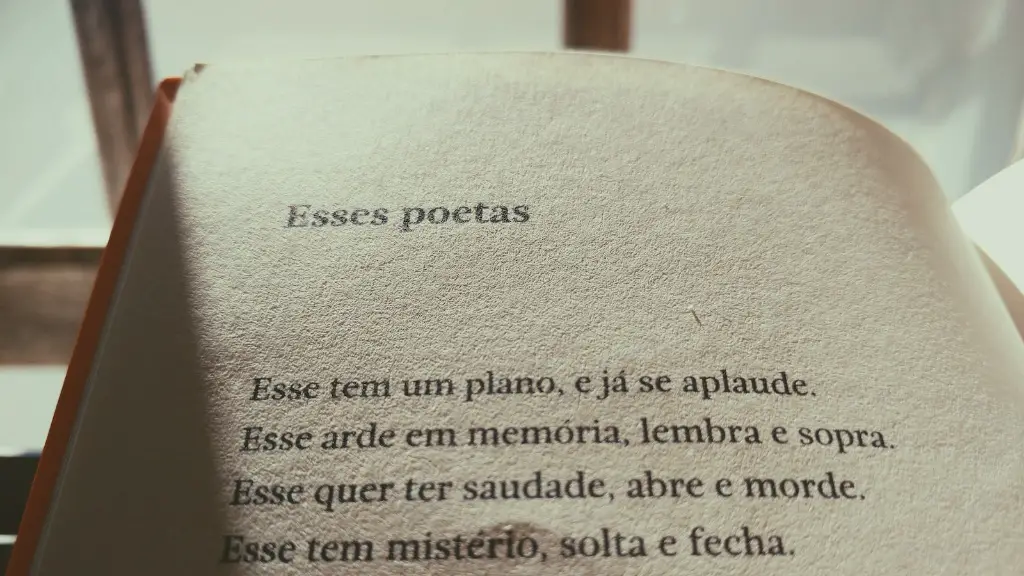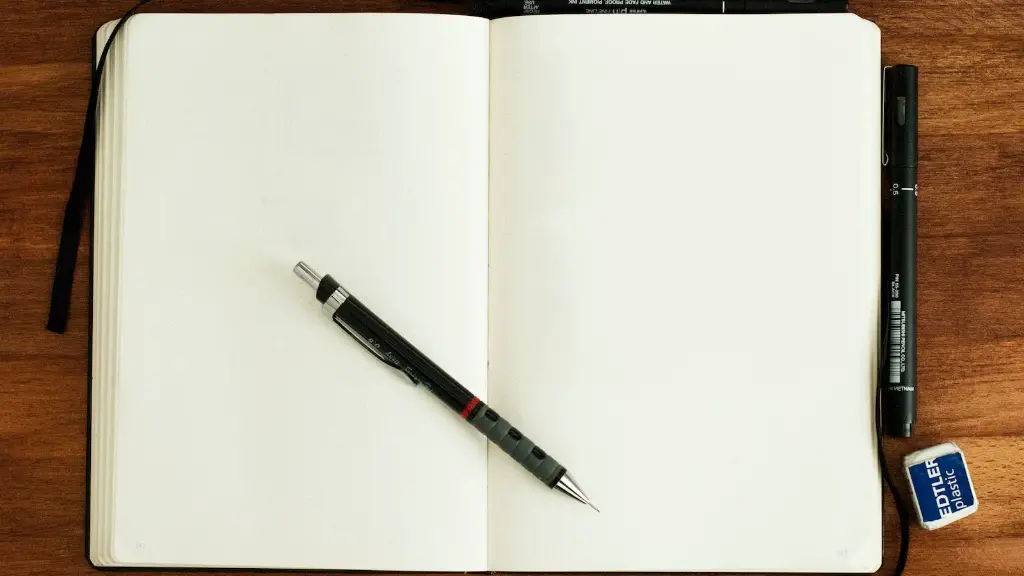What is Sijo Poetry?
Sijo poetry is one of the oldest forms of Korean poetry, dating back centuries. It is a beautiful and intricate type of poem that has captivated audiences for hundreds of years. The structure of sijo is three lines with 14 to 16 syllables each. The main feature of the sijo that makes it stand out from other forms of poetry is its creative use of internal rhyme. The internal rhyme is usually seen in the last words of the first and third lines. A sijo has a common three-part structure, with each part conveying a unique thought or feeling.
Historical Roots of Sijo Poetry
It’s believed that sijo poetry originated in the 14th century, during the Koryo Dynasty (918-1392) in Korea. During this time, sijo was predominantly written by aristocrats and members of the elite, and was used to express their hopes and ambitions. The poems were often very lighthearted and joyful. As sijo stories were shared and passed down through the generations, they became increasingly popular among the common people, who often used it to express their daily struggles and experiences. During the 16th century, sijo poets began to incorporate vocabulary from the Chinese language, which gave the form an even greater popularity in Korea.
Significance of Sijo Poetry Globally
Sijo poetry has been widely celebrated for its intricate and beautiful structure. In 2011, sijo was added to the UNESCO List of Intangible Cultural Heritage of Humanity. This recognition has led to a new wave of appreciation for sijo, and many authors, poets, and other creative minds have taken an interest in this ancient form of poetry. Today, sijo is still often used to express thoughts, feelings, and experiences in Korea, and there is a large following of sijo enthusiasts around the world as well.
Common Themes and Conventions of Sijo Poetry
Unlike some other forms of poetry, sijo poems traditionally focus on the spiritual, natural world, or interpersonal relationships. Common themes explored in sijo include the struggle between life and death, nature, love, and existential musings. While some authors have moved away from these conventions, they are still an integral part of sijo.
Modern Applications of Sijo
In the modern age, sijo can be used as a tool for self-expression and exploration in various contexts. It can be used to explain metaphysical and spiritual concepts, to inspire others to engage with social and political issues, or simply as a tool for self-reflection and creativity.
Exploring Sijo in the Digital Age
In addition to traditional forms, sijo is widely used in digital forms. For example, the Android app Sijo Poetry allows users to discover and create beautiful sijo poems on their smartphones. The app also allows users to share their sijo creations with the world. There are also numerous online communities centered around sijo and other forms of Korean poetry, such as the Poets.org. These platforms can serve as a great resource for anyone interested in exploring sijo and modern Korean poetry.
Experimentation with the Form
Despite its traditional conventions, some modern authors and poets have experimented with sijo, creating unique and innovative works. Poets like Hyonjae Kim, Pak Hyon-Suk, and Duk Geun Kim have used sijo to express their thoughts and feelings about a variety of social, political, and existential themes. In doing so, these authors have demonstrated how sijo can be used to express a wide range of ideas and feelings, from joy and love to sorrow and despair.
Bringing Modern Themes to the Traditional Form
Modern sijo poets have pushed the boundaries of the traditional form, introducing modern themes and ideas. For example, Hyonjae Kim wrote a series of sijo poems about the Korean War, exploring themes of loss, displacement, and resilience. Similarly, Pak Hyon-Suk used sijo to explore the experience of emigration and the struggles of the Korean diaspora in modern-day North and South America. These examples demonstrate the power of sijo and how it can be used to express complex themes and ideas in a creative and compelling way.
The Unique Beauty of Sijo Poetry
Sijo poetry is a truly unique form of expression. Its complexity and distinct rhyme scheme are truly captivating. It is also a powerful tool for expressing a wide range of ideas and emotions. As modern poets continue to explore the form, sijo’s influence is likely to continue to grow and inspire new generations of writers.
Exploring the Literary Tradition
Korean poets have long treasured sijo and its ability to express complex ideas and emotions in just a few lines. The form is celebrated alongside other forms of traditional Korean poetry, such as kasa and haiku. Sijo has retained its importance in modern literature, and is often seen as a way to explore the human experience in a unique and creative way.
Learning How to Write Sijo Poetry
Learning how to write sijo poetry is a great way to dive into the world of Korean poetry and express yourself in a creative and meaningful way. There are many resources available to those who wish to explore sijo, such as books, websites, and online communities. These resources offer a wealth of knowledge about sijo, as well as tips and advice for those who are just beginning their journey as a sijo poet.
The Evolving Language of Sijo
Over the centuries, sijo has evolved and changed, with some authors incorporating new words, phrases, and other elements into their poems. Many modern sijo authors choose to write in both modern and traditional Korean, allowing them to express their thoughts and feelings in both languages. This exploration of language has added an exciting new dimension to sijo poetry, as many modern authors explore the boundaries of sijo and other forms of Korean poetry.
Conclusion
Sijo poetry is a beautiful and captivating form of expression. This ancient form has remained an important part of Korean culture for centuries, surviving through the ages and inspiring generations of writers. Whether traditional or modern, sijo can be used to explore a vast array of themes and ideas, conveying deep emotions and profound musings in just a few lines.



